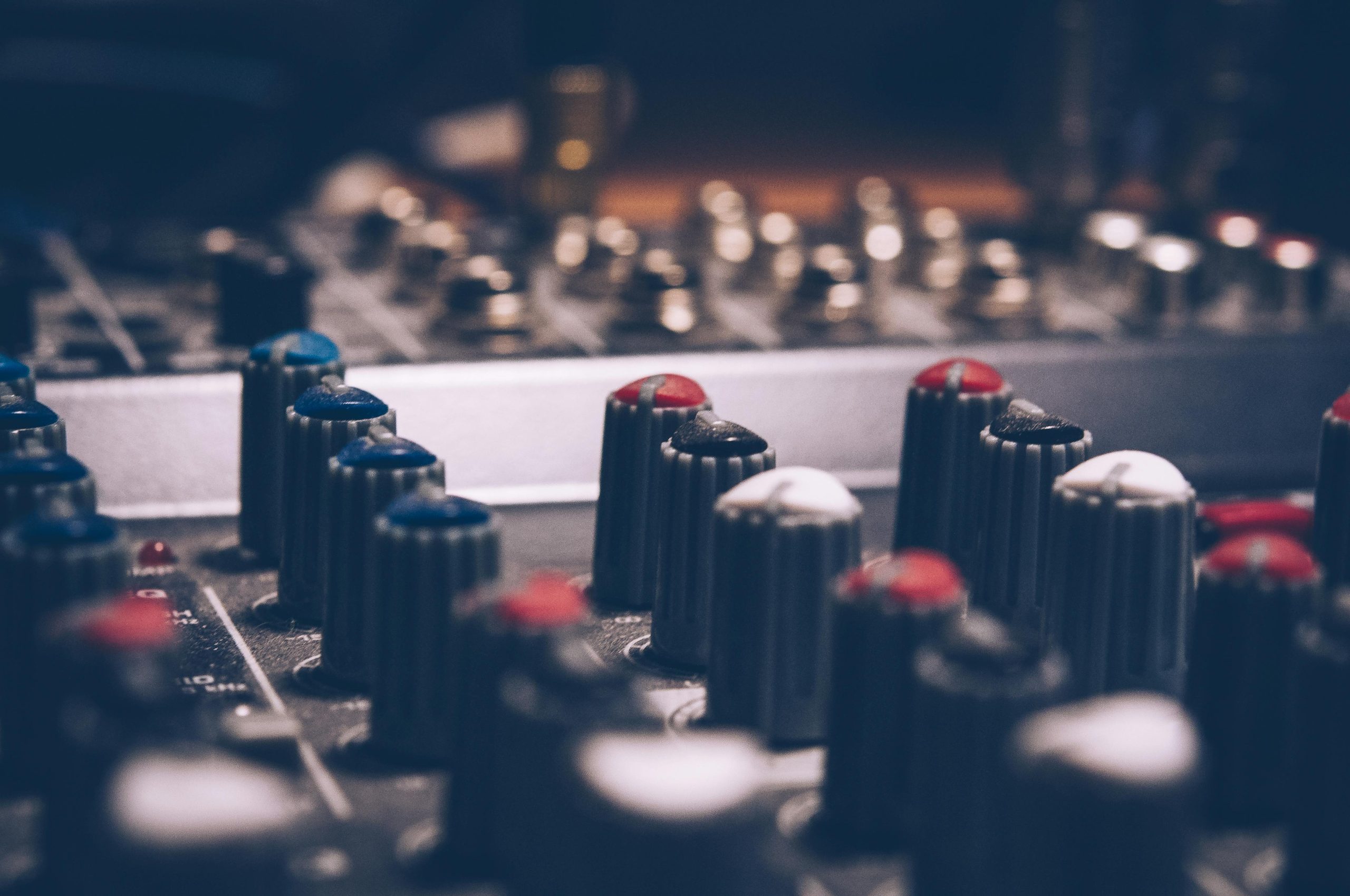In today’s digital-first music landscape, music pitching has become more algorithm-driven than ever. Independent artists, producers, and even major labels often find themselves chasing data points—stream counts, save rates, skip rates—hoping to impress curators, playlist editors, or recommendation engines. But music pitching should never lose sight of its original purpose: to connect emotionally through artistry. The core of music pitching must revolve around human expression, not a cold set of numbers.
The Shift from Artistry to Analytics
The evolution of music pitching over the last decade mirrors the changes in how we consume music. Streaming platforms have opened up incredible opportunities for discovery, but they’ve also created a system where tracks are often judged based on their first 30 seconds or the speed at which engagement builds. In this ecosystem, music pitching has taken a data-first approach, prioritizing metadata, genre tags, BPM, and popularity metrics. These elements do have value—but when they dominate the conversation, the emotional and artistic depth of a song risks being ignored.
Why the Artist’s Story Matters
Good music pitching should be a form of storytelling. Every song has a reason behind its creation, an artist’s voice embedded within its structure. When curators and listeners hear a pitch that highlights the passion, inspiration, or personal journey that led to a song, they connect more deeply. A pitch that starts with data may impress an algorithm, but it rarely resonates with the human heart. Making music pitching about the artist’s story helps restore the balance between business and creativity.
Curators Are People, Not Robots
Despite the rise of machine learning and automation, human curators still play a vital role in music discovery. They sift through thousands of submissions, many of which sound similar because of metric-driven strategies. When music pitching centers on emotion, uniqueness, and authentic expression, it stands out. A pitch that reflects the soul of a song can catch the attention of someone looking for a sound that moves them—not just performs well on a chart.
The Risk of Over-Optimization
In trying to optimize music pitching for success, many artists dilute what makes them special. They follow trends, tailor songs to fit playlists, and build pitches around what “works” instead of what’s honest. This approach leads to homogenized content, where songs blur together. Over time, the integrity of music suffers, and music pitching becomes a game of guesswork rather than a celebration of originality. The risk isn’t just creative—it’s also commercial. Listeners eventually tune out when everything starts to sound the same.
Data Should Support, Not Lead
There’s nothing inherently wrong with using data to inform music pitching. Knowing your audience, identifying your genre, and understanding what playlists align with your sound are smart moves. But data should support your pitch—not lead it. The heart of music pitching should still be the music itself. Let the song speak for itself. Use storytelling and emotion as the hook, and use data only to reinforce the pitch, not define it.
Emotional Connection Drives Long-Term Success
The most memorable songs aren’t always the most streamed—they’re the ones that linger in people’s minds. That emotional resonance begins with how the music is introduced. When music pitching highlights the meaning, message, and mood behind a track, it creates space for listeners to care. Long-term fan engagement comes from a place of connection, not convenience. An emotionally grounded pitch has the power to build real audiences who follow an artist for years, not just for one track.
Authenticity Wins in the End
Trends come and go, but authenticity remains timeless. When artists stay true to their voice and craft pitches that reflect their real selves, it shows. Authentic music pitching may not always produce overnight results, but it builds credibility. Curators, influencers, and fans are increasingly savvy; they can sense when a pitch is manufactured versus meaningful. In a saturated market, authenticity is your greatest differentiator—and music pitching is your chance to let it shine.
How to Create Art-Centered Pitches
If you want your music pitching to be about art, start by asking why you made the track. What inspired you? What feeling or story are you trying to share? Craft a short narrative around that answer. Keep the technical details minimal and let your words reflect passion and purpose. Avoid buzzwords and clichés. Be vulnerable, be specific, and be yourself. When your pitch mirrors the emotional landscape of your song, it becomes far more than a marketing tool—it becomes an extension of your art.
Bringing Humanity Back to Music Pitching
In a music world that often celebrates virality over value, music pitching has the potential to re-center the conversation on what truly matters. By focusing on connection, authenticity, and emotional depth, artists and curators alike can push back against the metrics-first mindset. Music pitching done with artistic intent becomes a bridge—one that links creators to listeners, not through numbers, but through shared human experience.
Conclusion
Music pitching should never be reduced to a spreadsheet of statistics; it should be an artistic act in itself. While data can provide context and direction, it is the human voice, the emotional truth, and the creative vision behind the music that deserve to lead the way. When we prioritize the art over the algorithm, we not only improve music pitching but also enrich the musical culture as a whole—creating space for diversity, authenticity, and deeper connection in a world hungry for real, resonant stories.
